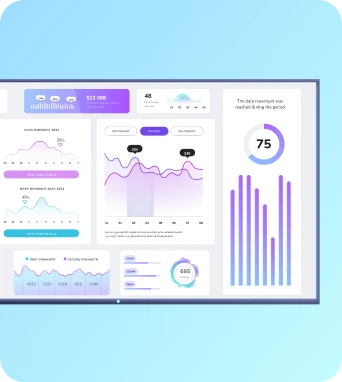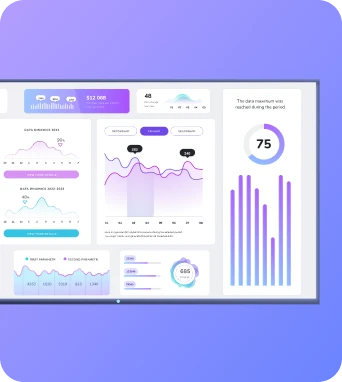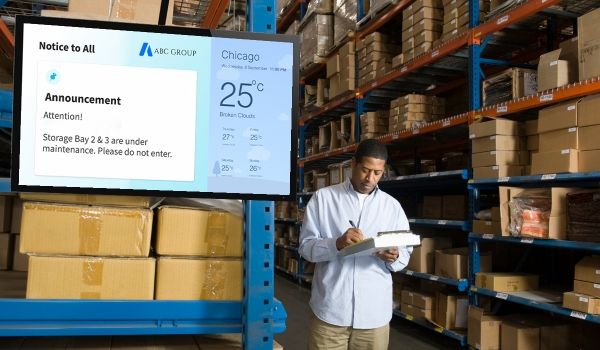There’s absolutely no doubt that the way organizations around the world work now is totally different to how they worked before the pandemic. With global lockdowns forcing companies to adapt and support their employees working from home, slipping into hybrid roles, or otherwise working away from their desks, it became all the more apparent just how important communication was. However, not all employees have benefited to the same degree as those in roles that are typically desk-based.
Deskless workers (or frontline workers, as they’re often called), make up a huge portion of the workforce - as much as 80% (or 2.7 billion people) according to Emergence - across a wide variety of industries and sectors. While employers have moved forward in providing better communication and collaboration tools to some of their employees, this reliance on tech to help the traditionally desk-sitting employees work efficiently has seemingly left deskless workers behind in a lot of ways, for a few important reasons:
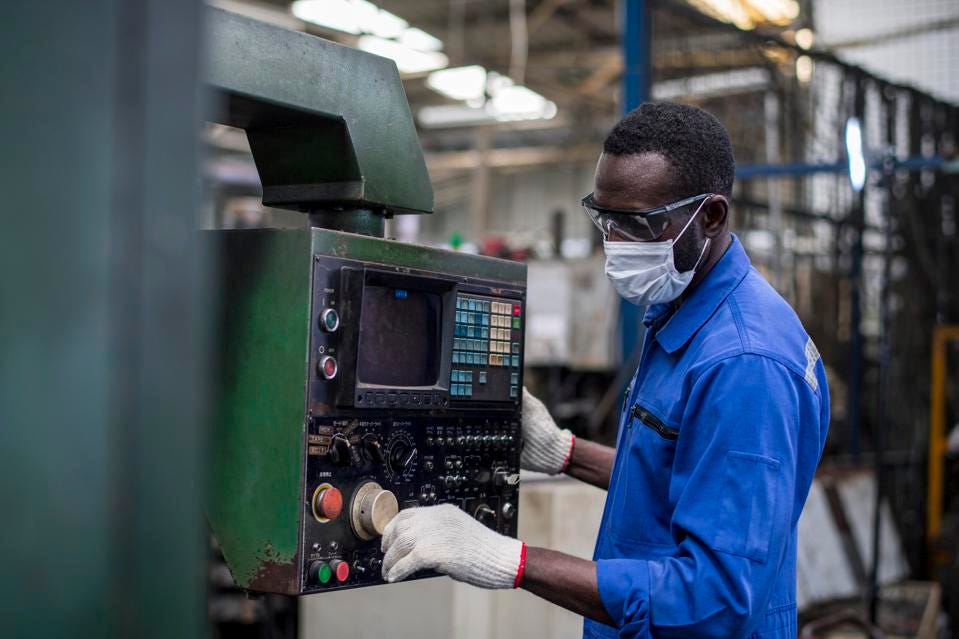
Limited Access To Technology
Deskless workers may not have access to a computer or the internet at work, which can make it difficult for them to receive and respond to electronic communications. They may not even have their own company email address.
Limited Flexibility In Schedules
Deskless workers may have less flexibility in their schedules, which can make it difficult for them to attend virtual meetings or participate in online training.
Location
Deskless workers may be spread out across multiple locations, which can make it challenging to communicate with them or provide them with the necessary resources and support.
Lack Of A Central Communication Hub
Deskless workers may not have a central location where they can access information and resources, such as a break room or office.
Language Barriers
Deskless workers may not always speak the same language as their managers or coworkers, which can make it difficult to communicate effectively.
Why is this a problem?
If deskless and frontline workers are still able to be productive and do their jobs effectively, is this even really an issue? Well, that’s just the problem; how can deskless workers work effectively without access to reliable training materials and internal comms?
Further, it’s becoming increasingly apparent that workers who feel disengaged (such as workers who can’t communicate with their managers, or see internal messaging from the organization) are up to 202% less productive than their more-engaged counterparts. They’re less happy, and less inclined to stay in their roles — leading to potentially high turnover in roles which, over the pandemic, we’ve all come to see as more and more essential. Your bottom line relies on engaged employees.
That’s no good! How can we fix this?
Deskless workers face uniques challenges and have needs that other workers don't, and organizations should carefully consider these needs and challenges in order to meet them. This can include providing access to computers and the internet, offering training and support in-person or through other means such as printed materials or video conferencing, and making accommodations for their schedules and work environments. But, one of the most innovative ways we can address these issues is via, yep, you guessed it - digital signage!
How can digital signage help to solve this issue?
Digital signage is a good approach to solving communication challenges with deskless workers because it provides a visual and interactive way to communicate with workers, even if they do not don’t personally have access to a computer or the internet.
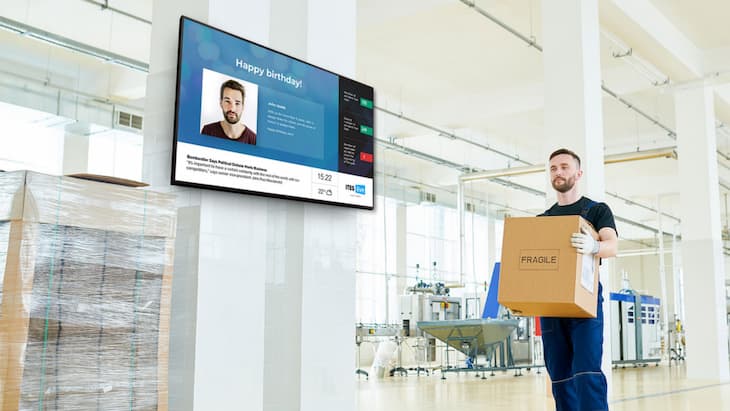
Digital signage can be used to display important information and updates, such as safety guidelines, training materials, and company news. It can also be used to facilitate communication and collaboration among deskless workers by providing a platform for them to share ideas, ask questions, and provide feedback. This all helps build engagement, and can play a crucial role in keeping your deskless workforce happy in their roles. Just a few of the specific benefits of using digital signage to communicate with deskless workers include:
Ease Of Use
Digital signage is easy to use and can be updated quickly and easily, making it an efficient and effective way to communicate with deskless workers.
Accessibility
Digital signage can be accessed by anyone, regardless of their ability to read or their familiarity with technology, making it an inclusive and effective communication tool for deskless workers.
Customization
Digital signage can be customized to meet the specific needs and preferences of deskless workers, such as by displaying information in multiple languages or displaying videos or other multimedia content.
Scalability
Digital signage can be easily scaled to reach deskless workers across multiple locations, making it an effective tool for organizations with a dispersed workforce.
Overall, digital signage can be harnessed as a powerful tool for solving communication challenges with deskless workers and helping to ensure that these workers are able to stay informed, connected, and engaged.
How can Fugo help?
Fugo is a digital signage platform that provides a range of features that can be used to create a truly bespoke internal communications strategy for your deskless workers, whatever your industry or unique use case may be.
The real benefit of Fugo is just how easy-to-use and powerful it is.
By using Fugo as your digital signage solution, you can display and update important workplace information and updates across your screens easily and quickly, keeping your deskless workers informed and up-to-date. However, you can take it further by using our Spaces feature to segment your screens and display different information on different groups of screens, meaning you can easily display relevant information on screens in each physical workspace from one central CMS.
You can also quickly display QR codes on your signage, allowing your employees to engage with polls or requests for feedback, or download resources that they might need to access later (such as training materials).
Customizing Content
Our built in Design Studio allows you to customize the content that is displayed on your digital signage, including the ability to display content in multiple languages and to incorporate multimedia elements such as videos and images. This can help to ensure that the content being displayed is relevant and engaging for all deskless workers. Using the Design Studio & getting a head-start by customizing our pre-made templates, you can create your messaging materials in the same tool that you use to publish them - no leaving for 3rd party tools or going through the download & upload process into Fugo!
Targeted Content
Our Playlists feature gives you the ability to create (& mix together) “centralized” content from HQ that applies to everyone in the org and/or content that’s more specific to local offices/branches.
Spaces give you the ability to organize assets by location/department/branch etc…. so that the right people have access to the right assets, all while staying organized & making sure that the right content is going to the right people
People & roles allow you to invite members of your organization to Fugo to participate crafting the content & the messaging strategy behind your screens. Anyone can get involved.
Managing & Scheduling Content
Fugo also offers rich features for managing and scheduling content, which can help organizations to plan and coordinate their internal communications with deskless workers.
On top of the features and tools that we offer within the CMS, Fugo also integrates with many of the tools and solutions that you may already be using. For instance, we can integrate with Twitter, to show a constantly-updating social feed on your digital signage (which can be handy for conventions or events). Fugo can also integrate with G-Suite or business intelligence aggregators without having to give everybody their own login - improving security, and removing that whole painful process of getting everybody signed up with their own accounts.
So what next?
Ultimately, with a changing workforce and workplace, it’s essential that employers make a concerted effort to engage with their deskless workers if they’re going to continue being successful. Engaging with those workers comes with its own set of challenges, but digital signage can help make that an easier process — and Fugo CMS provides an easy but powerful way to manage your digital signage.
You can book a demo with our dedicated team to learn more about how Fugo can play an important role in your organization’s communication strategy, or if you fancy getting stuck in straight away, you can start your free trial today.
Psst - looking for a job? Try Jooble.


